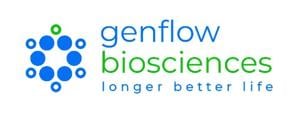
A recent study conducted by researchers at the University of Milan has uncovered intriguing findings regarding the timing of oral exams and their impact on student success. The research indicates that Italian students face significant variations in passing rates for these critical assessments, with the highest success rates occurring around noon and the lowest in the early morning and late afternoon.
Oral exams, which are a pivotal component of university assessments in Italy, require students to demonstrate their knowledge and communication skills in an interview-style format. The study, published in 2023, analyzed data from various examination sessions while controlling for other influencing factors such as subject matter and student preparation.
According to the findings, the probability of passing these oral exams peaks sharply at noon. This timing advantage may be linked to several factors, including students’ mental alertness and energy levels, which tend to fluctuate throughout the day. In contrast, the early morning hours pose the greatest challenge for students, who often struggle with fatigue and lower cognitive function after a night of rest.
The afternoon sessions also showed a decline in passing rates. Researchers suggest that the post-lunch slump, characterized by decreased focus and engagement, may contribute to lower performance during this time.
These results underscore the importance of considering not just the content of exams but also the timing of assessments when evaluating student performance. As educational institutions strive to enhance student outcomes, findings like these could inform scheduling practices, potentially leading to adjustments that favor optimal performance windows.
This study adds to the growing body of research on the interplay between timing and academic performance. By identifying peak periods for success, universities may be better equipped to structure their examination schedules in a way that maximizes student potential.
While the study focused specifically on oral exams within the Italian education system, its implications may resonate across various academic environments. As institutions worldwide seek to improve student experiences and outcomes, understanding the nuances of timing could prove essential.
Overall, the research highlights a critical aspect of academic assessments that has often been overlooked. With further investigation, educators may be able to tailor examination timings to better align with students’ natural rhythms, ultimately fostering a more supportive and effective learning environment.






